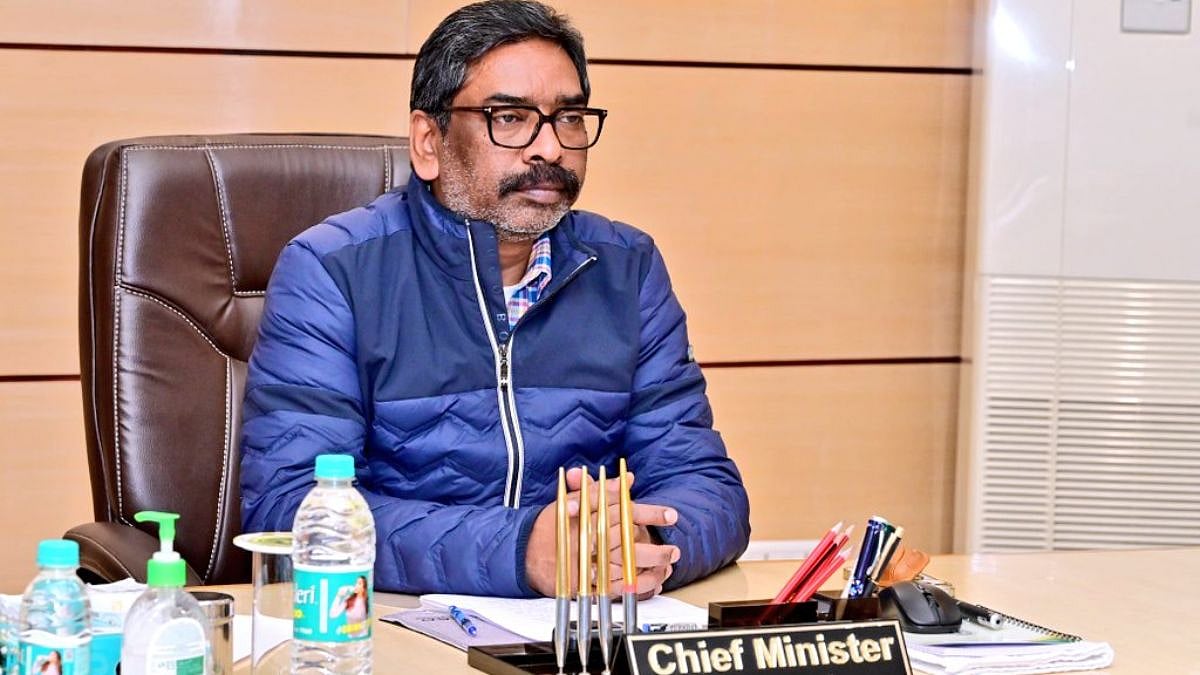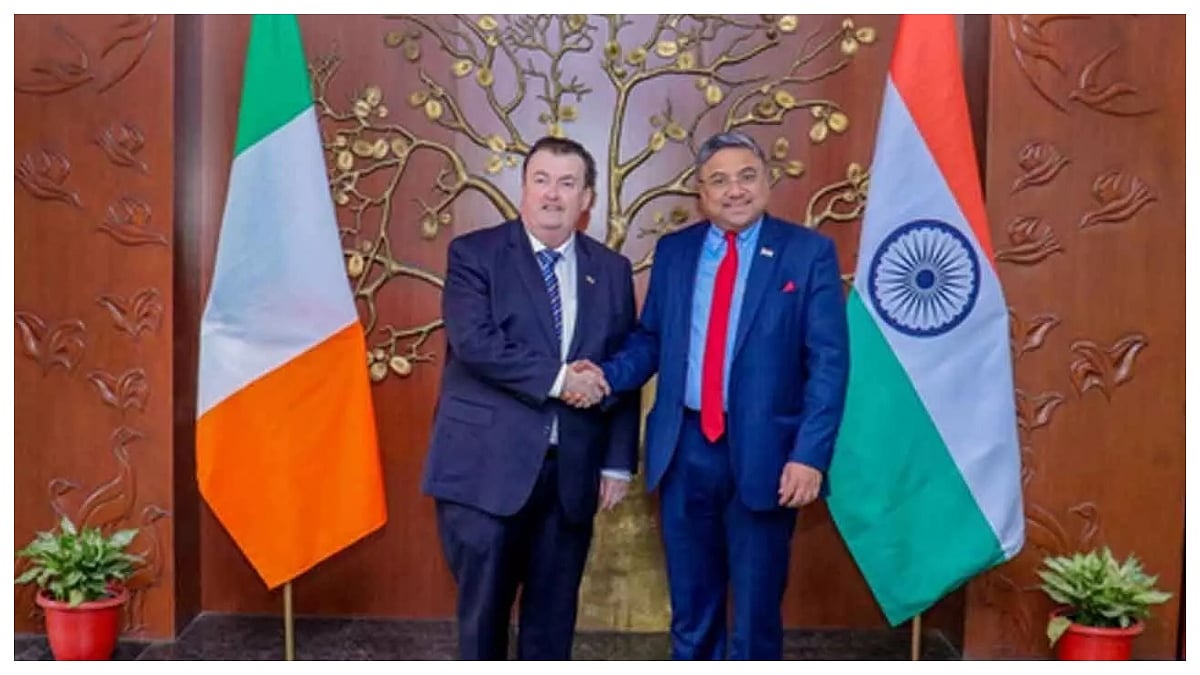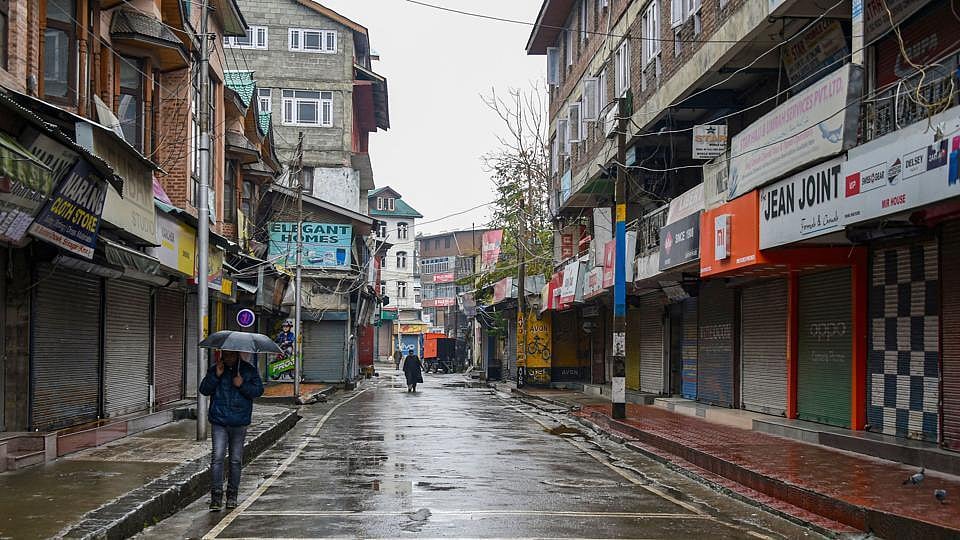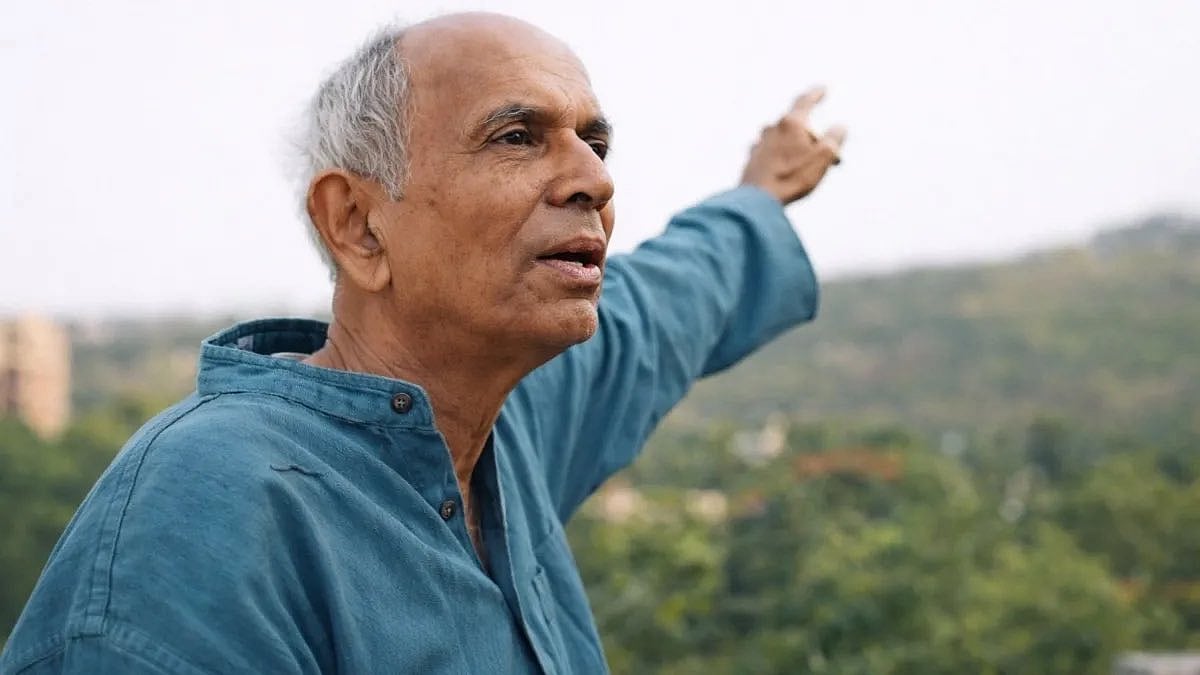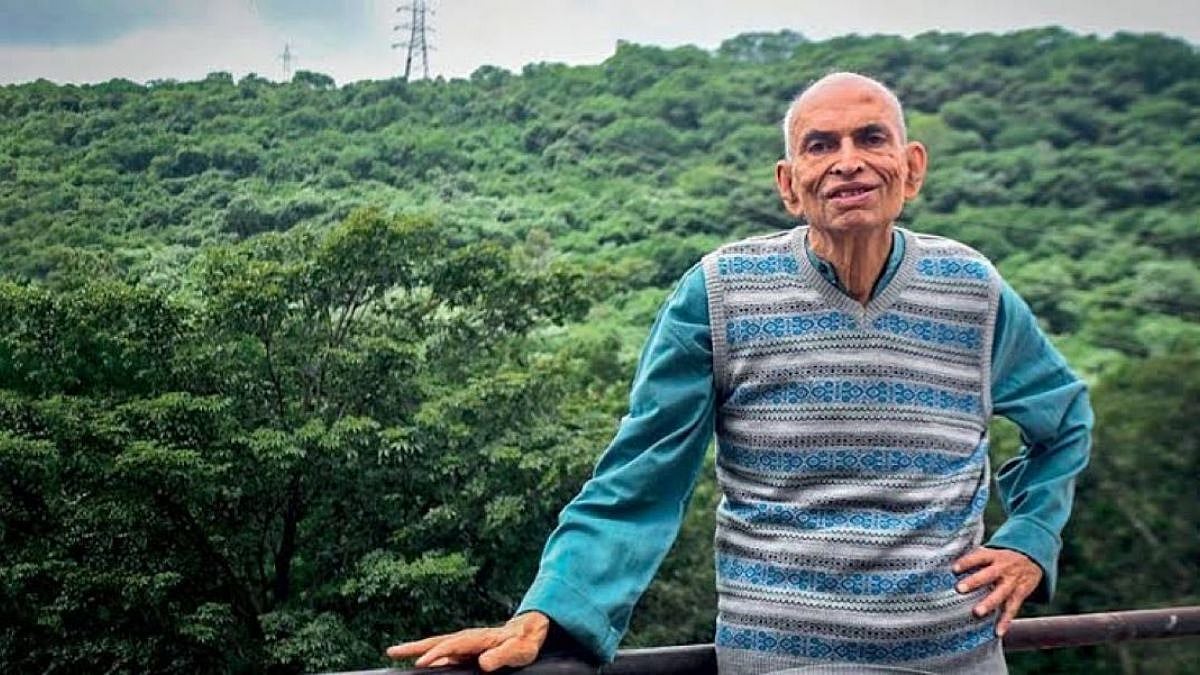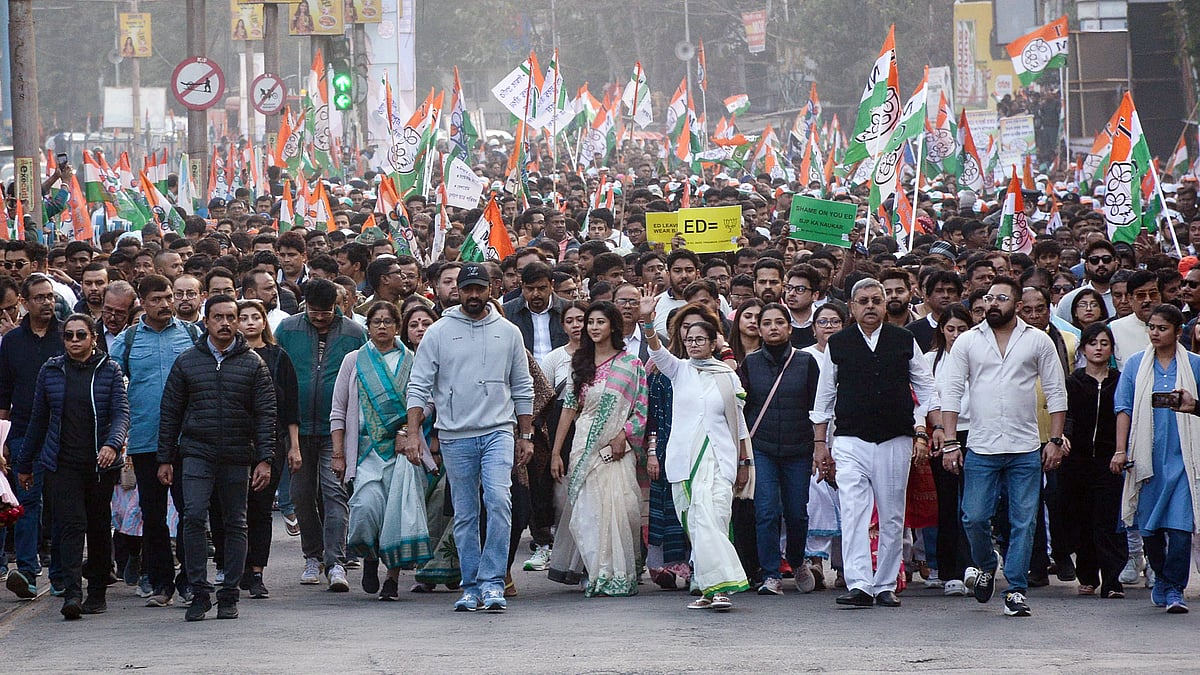Indian politicians have short memories. They refuse to learn from history. This is more so among those less-educated and lacking a sense of history. By championing views not acceptable to the majority of Indians, they drag the nation into needless controversy and endanger its unity. These groups are like the regime of the Mughal emperor, Aurangzeb, who shifted his capital from Delhi to Daulatabad and then back to Delhi. Today, Hindi fanatics from the cowbelt are doing the same. But they will not succeed.
The cowbelt in India forms an important part of the Hindi-speaking regions. Even those who belong to these regions will admit (though with some degree of reluctance) that UP, Bihar, MP, Rajasthan, Jharkhand, and to a lesser extent, Delhi, Haryana, and Himachal, have high levels of poverty, communal tension, ignorance and intolerance and low levels of academic excellence, progressive thinking, and opportunities for job-oriented educational policies. For months now, UP, the most important political state in India has been gripped by communal tension and Hindu-Muslim killings. Haryana, despite its abundant natural and agricultural resources, is prey to the worst kind of casteism, including the chilling activities of Khap panchayats.
The common thread binding these states is their obsession with Hindi. They are constantly trying to impose Hindi on other states and gain vital advantages. There is no need for this. The Indian Constitution and the 1963 Official Languages Act decreed that Hindi should not be imposed on non-Hindi speaking states. As far as communication between the Centre and the Indian states is concerned, both English and Hindi would be used, till such time as the non-Hindi speaking states were ready for the total acceptance of Hindi without any reservation.
Somehow Indian politicians’ fatal fascination for language has often led to unrest, tension and riots. Language riots are as common as communal riots. Nothing is achieved and the nation is divided. Governments with huge majorities have tried to fiddle around with the language policy and eke out political advantages only to be sent packing. In the 1960s, when the Congress government was firmly in the saddle, mischief-makers from the cowbelt tried to sabotage Nehru’s widely-accepted and sensible language policy of accepting English along with Hindi as the official languages, as long as the non-Hindi speaking people desired it. Swayed by Nehru’s sincerity, his advocacy of unity and eminence as a citizen of the world, even the anti-Hindi Dravidian parties went along with it. Somehow, Nehru’s successor, Lal Bahadur Shastri, modest and honest, lacked the charisma and international outlook of Nehru. He failed to reiterate the assurance on the Hindi issue to the non- Hindi speaking states. When official memos from the Centre, only in Hindi, began to reach the non-Hindi states, all hell broke loose, particularly in Tamil Nadu, where the Dravidian movement peaked. Fearing such imposition of Hindi would reduce people of non-Hindi states to second class citizens, violence broke out. Caught napping, the Congress Government clarified that Nehru’s policy remained intact. English would remain an official language as long as the Indian people wanted it.
The anti-Hindi agitation in Tamil Nadu left major scars. A Congress stronghold for decades, Tamil Nadu could not tolerate any ‘insult’ to their beloved mother tongue. The Dravidian leaders of that era, led by C N Annadurai and M Karunanidhi, were excellent communicators. The onslaught on Hindi was not only political, but also through literary arts. The Congress had to pay the price for its failure in ignoring this vital fact.
The one single issue was the alleged insult to Tamil language. Since that inglorious defeat in 1967, it was blacked out in the state polls.
Pity the modern Hindi zealots who forgot this lesson. Did the Modi triumph make them so arrogant they forgot that the Congress in the 1960s was more powerful than the NDA and was in power in most of the states. Indira Gandhi held the nation together and wielded more power and influence than Modi, being far more acceptable to the masses. On the foreign front, she was a world leader in the accepted sense of the term treating the anti-India tirade of US President Nixon and his henchmen like Henry Kissinger with contempt while going ahead with the liberation of Bangladesh. But even Indira went along with the Tamil tide in the southern state and soon found acceptance with the Dravidian parties.
The present NDA government has not been able to control some of the actions of its own University Grants Commission. The UGC smartly issued a circular making Hindi a primary subject in undergraduate courses in state universities. This mischievous circular was issued at the initiative of yet another government organisation, the Kendriya Hindi Samiti, which had no powers to do so. Egged on by such mischief makers, the UGC asked for an Action Taken Report from universities on two issues, one, on the introduction of Hindi as primary language in undergraduate course and the second, making it mandatory for law and commerce courses.
The Tamil Nadu Government did not see anything funny in such circulars. Like the Congress Government at the Centre in the 1960s failing to appreciate the strength of the Tamil movement, the Modi Government has obviously underestimated the power and popularity of Amma. In fact, the AIADMK Government in Chennai is more powerful than the Modi sarkar at the Centre, despite certificates from foreign leaders struggling to cling to power and hype from the right wing. While annihilating opposition parties in the state, Jayalalithaa has also introduced several popular welfare measures to help the masses, like Amma’s food, canteens, mineral water, pharmacies, salt , besides the usual freebies like TV sets, laptops and so on.
V Gangadhar

